Much ado about Niksen: A guide to daydreaming and doing nothing
‘Doing nothing is better than being busy doing nothing.’ – Lao Tzu
‘Society has shifted toward prioritizing hyper-productivity, making the notion of doing nothing seem unproductive and inefficient.
If there is time left unfilled during the day, there is an urge to fill it with something.
It's no wonder people have such a hard time relaxing and enjoying moments of nothingness.’- Rachelle Williams, Vedic Educator
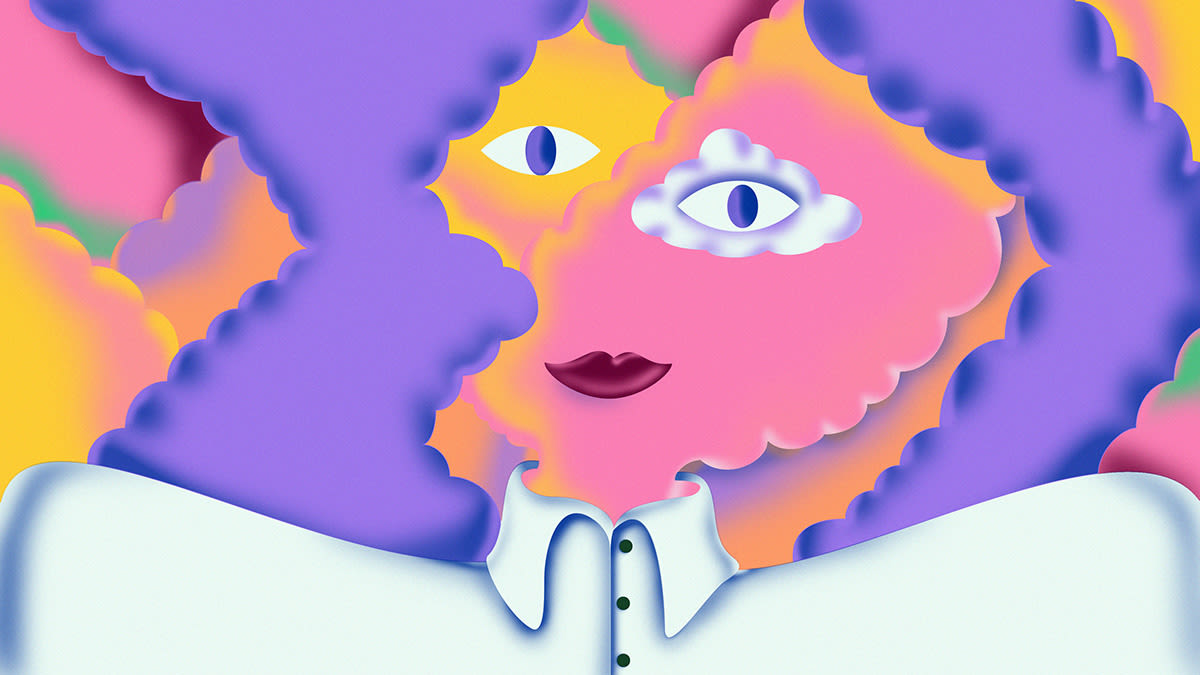
Photo: Pinterest
I recall so vividly, the parents evening at my school all those decades ago in Tehran:
“Kamran is a pleasant child, he has good manners, but he daydreams too much,” my teachers used to tell my parents.
Far from being ashamed of my daydreaming, I am grateful for it.
As it has been noted, daydreaming is a misunderstood pastime. Once considered a dangerous form of idleness and often cast as the enemy of productivity — a distraction from the true task at hand. This is probably what my teachers had in mind, I suppose.
However, today I am so happy that the current in depth reaserch supports and encourages daydreamers like me.
For an example, according to Dr Sandi Mann, mental health practitioner and psychologist at the University of Central Lancashire and author of several books, articles and reports on mental health, even something like daydreaming makes us more creative and more efficient at problem-solving and better at coming up with innovative ideas. For Mann, for all this to happen, though, we need to be totally idle - doing nothing. Mann says,
‘Let the mind search for its own stimulation, that's when you get the daydreaming and mind wandering, and that's when you're more likely to get the creativity.’
For Mann, niksen helps us to become still and when we become still it lets us see things with more clarity and depth.
Stop Pretending to be Busy. Be Clever, Be Kind to Yourself. Embrace the Dutch NIKSEN and Do Nothing!
And then, you know what: You will be Able to Do Everything!
Want to stress less... Want to have inner-peace and contentment...Want to be happier...Do absolutely nothing! Forget mindfulness. Turn off the telly. Come off social media and turn the mobile phone off. Tear up your ‘to do’ list...
A new book reveals why the Dutch art of ‘niksen’ is the secret to happiness. More on this a bit later.
For now, I must confess: I think I must have a Dutch gene in me, as I have been practicing ‘Doing Nothing’ for quite a while now!
Let me prove it to you, if you don’t know me already!
On 24 July 2018, I posted the following Blog In Praise of ‘Doing Nothing’ to discover Happiness!
'When Doing Nothing Is Doing Everything’
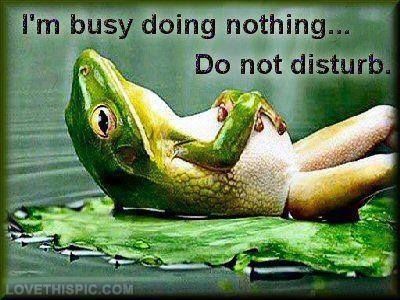
Photo:i.pinimg.com
‘To do nothing at all is the most difficult thing in the world, the most difficult and the most intellectual.’- Oscar Wilde
‘Knowing how to be solitary is central to the art of loving.’- Bell Hooks
‘The mystery of love is that it protects and respects the aloneness of the other and creates the free space where he can convert his loneliness into a solitude that can be shared.’- Henri Nouwen
‘Going nowhere ... isn’t about turning your back on the world; it’s about stepping away now and then so that you can see the world more clearly and love it more deeply.’- Pico Iyer
'A generation that cannot endure boredom will be a generation of little men… of men in whom every vital impulse slowly withers, as though they were cut flowers in a vase.'- Bertrand Russell
…’because I live in a society that tells me I should never be alone. I live in a society that tells me I should always be connected, I should always be doing something,... We’ve become so busy that our days are mapped out to the second, our sleep is forced off rhythm by lack of time, our solitude is planned out to the minute, and we’re expecting ourselves to do it all. Another paradox to explore is that solitude was birthed in community; as we cannot know summer without winter, we lose sight of solitude when we isolate ourselves from community. Do the people around me truly know my needs in and out of solitude? How can we encourage one another to find those crevices of ourselves to love and explore more. How can we truly go away from commitments and people to come back more full of love, understanding, and compassion towards ourselves and others?...Contiue to read
Then, even earlier, on 7 April 2015, knowing that indeed, I was so interested to do nothing, I had posted a Blog in praise of ‘Enoughness’ and 'Lagomist' Economy’. Because if one wishes to do ‘Nothing’, then, one has to tame his/her ‘Desires’!
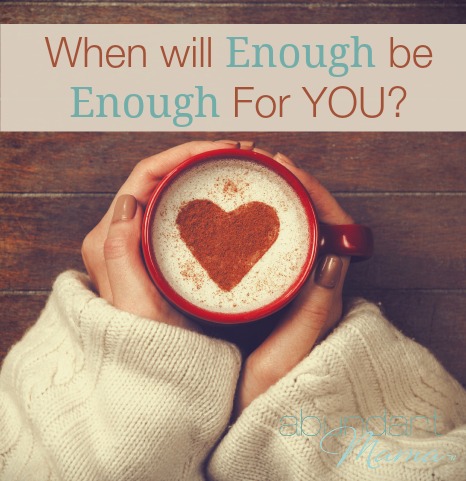
Photo: abundantmama.com
“How Much Is Enough? What is money and wealth for? Why do we as individuals and societies go on wanting more? What is economic growth for? Can we/ should we carry on just growing, creating, producing, consuming,…,more and more, for ever more? Do we need to satisfy our needs or our wants? Should we be a “maximiser” or “satisfier” and choose the path of “enoughness”? Then, what is a good life? What are the main ingredients of a good, happy and peaceful life? Should we move away from Gross National Product (GDP) to Gross National Happiness? What are we here for?”...Continue to read
...And now reverting back to Niksen
‘Doing nothing is opting for the sweetness of stillness...Instead of fighting with that which you cannot control,
you might as well just see it through…’- Elizabeth Wurtzel
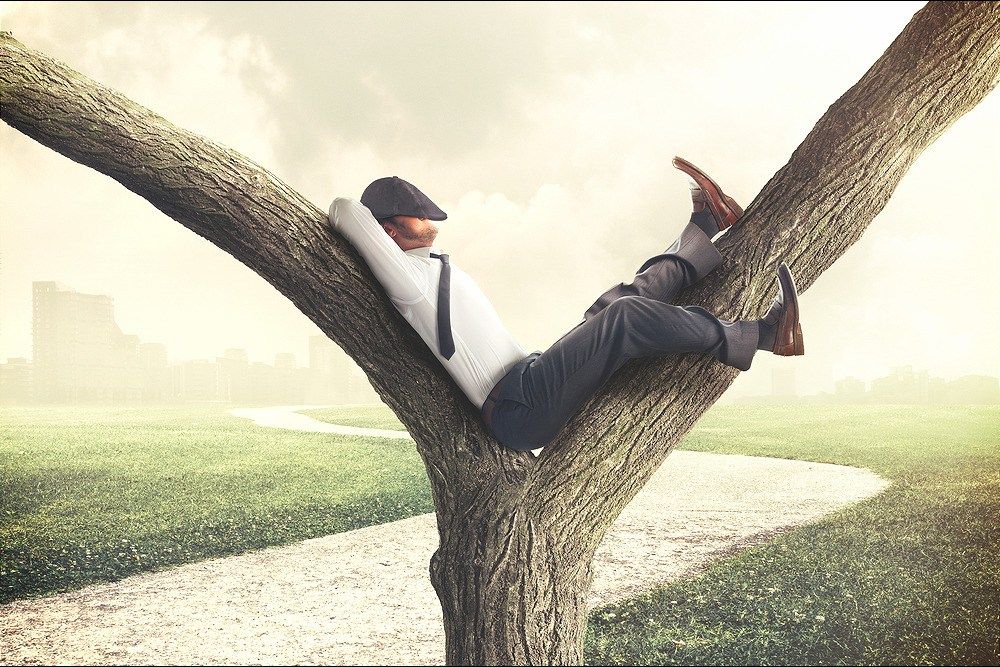
Photo: Pinterest
The sweetness of doing nothing.
”Let me look out of the window
stare fixated at the distant bough
let me hold a warm cup of tea
long after its contents are over
let me empty my thoughts
watching the dancing shadows
shimmering on the walls
let me potter around aimlessly
without feeling guilty
let me put my feet up
and pause;
pretend to stop
the ticking of the clock
allow me an extra ten minutes
to stand under the hot shower
wrapped in fresh feelings
let me lie in bed
gaze at the ceiling
think of everything
or not anything
let me take a restful nap
have a new dream
in the middle of everything
just for a bit
let me just be
let me do nothing.”- Reprinted from P.S. I Love You
‘Niksen Is the Dutch Lifestyle Concept of Doing Nothing’
‘First there was hygge, the Danish concept that made staying in and getting cozy cool. Then there was lagom, the Swedish mindset of approaching life with an “everything in moderation” mindset. Now there’s another Northern European trend that’s being embraced as a way to combat our increasingly busy and often stressful lives: niksen. The Dutch concept is as simple as, well, doing nothing.'
What is niksen?
Niksen “literally means to do nothing, to be idle or doing something without any use,” says Carolien Hamming, managing director of CSR Centrum, a coaching center in the Netherlands that helps clients manage stress and recover from burnout. Practicing niksen could be as simple as just hanging around, looking at your surroundings or listening to music — “as long as it’s without purpose,” she says, and not done in order to achieve something or be productive.
Think “simply sitting in a chair or looking out of the window,” says Ruut Veenhoven, a sociologist and professor at Erasmus University Rotterdam in the Netherlands who studies happiness. Whereas mindfulness is about being present in the moment, niksen is more about carving out time to just be, even letting your mind wander rather than focusing on the details of an action.
In short, Niksen has become enormously popular as an effective way to handle stress, burnout, anxiety and other stress-related ailments.
Essentially, the concept of niksen celebrates indolence, which may include just staring out the window, hanging out, listening to music, or looking at the sky. Niksen not only emphasises us that it's all right to have periods of doing nothing but it also reminds us that purposely avoiding productivity is beneficial for our mental, emotional and physical well-being.
What are the potential benefits of niksen?
In the Netherlands, niksen has historically been dismissed as laziness or as the opposite of being productive, Hamming says. But as stress levels climb in the U.S. and globally and their crushing health impacts, like burnout, are getting more recognition from the medical community, doing nothing is increasingly being framed as a positive, stress-fighting tactic.
“Everyone is looking for some way back to ease and connection,” says Eve Ekman, director of training at the Greater Good Science Center at the University of California, Berkeley, who calls the national levels of stress among adults and teens in the U.S. “daunting.”
But Ekman, who studies stress and burnout, says the research is strong when it comes to the benefits of slowing down, from emotional perks — like reducing anxiety — to physical advantages — like curtailing the aging process and strengthening the body’s ability to fight off a common cold. These potential health effects might be enough to encourage even the most hectic and overburdened among us to consider carving out time to practice niksen.
Another benefit of niksen is that it can help people come up with new ideas, according to Veenhoven, who is also the director of the World Database of Happiness, an archive of research related to life enjoyment. “Even when we ‘niks,’” or do nothing, “our brain is still processing information and can use the available processing power to solve pending problems,” he says, which in turn can boost one’s creativity. This could manifest in having a breakthrough solution to a problem on a walk or a great business idea reveal itself while daydreaming.
Research also supports the idea that doing simple tasks that allow your mind to wander can foster creative problem solving, even improving your ability to work through a problem you might have been stuck on earlier. A 2013 study published in Frontiers in Psychology, on the pros and cons of a wandering mind, showed that this process can help an individual get inspired about achieving his or her goals and gain clarity about the actions to take in order to meet those goals in the future…’- Continue to read
Niksen: Embracing the Dutch Art of Doing Nothing
by Olga Mecking
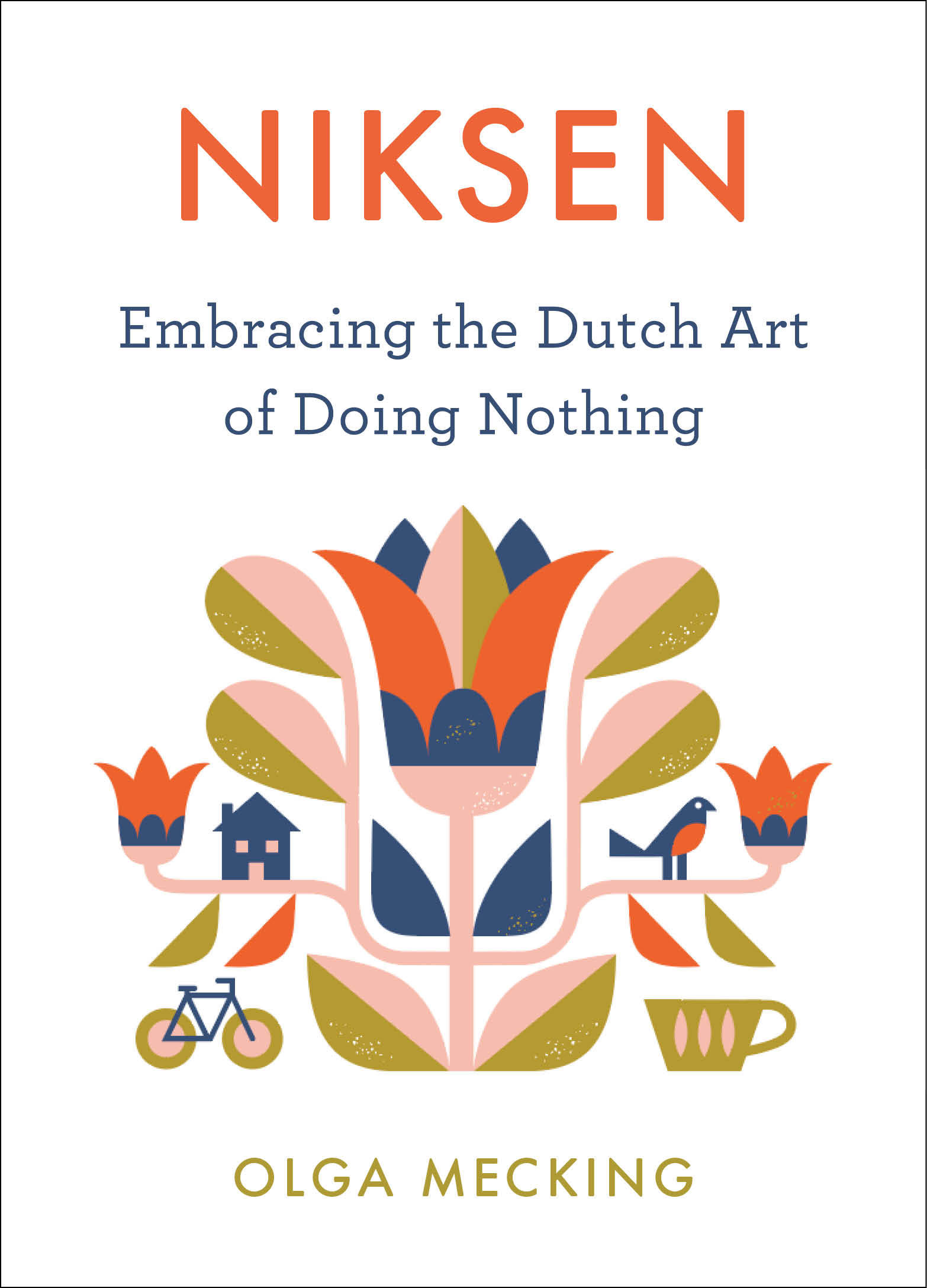
‘After Hygge and Lagom, Niksen is the New Lifestyle Trend Taking Over the World’
The Dutch people are some of the happiest in the world. Their secret? They are masters of niksen, or the art of doing nothing.
‘Niksen is not a form of meditation, nor is it a state of laziness or boredom. It’s not scrolling through social media, or wondering what you’re going to cook for dinner. Rather, to niks is to make a conscious choice to sit back, let go, and do nothing at all.
With this book, learn how to do nothing in the most important areas of your life, such as:
AT HOME: Find a comfy nook and sit. No technology or other distractions.
AT WORK: Stare at your computer. Take in the view from your office. Close your eyes.
IN PUBLIC: Forget waiting for the bus, enjoy some relaxing niksen time.
Backed with advice from the world’s leading experts on happiness and productivity, this book examines the underlying science behind niksen and how doing less can often yield so much more. Perfect for anyone who feels overwhelmed, burnt out, or exhausted, NIKSEN does not tell you to work harder. Instead, it shows you how to take a break from all the busyness while giving you sincere, heartfelt permission to do nothing.’
